The vast Tibetan Plateau, often referred to as the "Roof of the World," has been undergoing a remarkable transformation in recent decades. Satellite imagery and ground observations reveal that this high-altitude region is becoming noticeably greener. While this vegetation increase might initially appear as positive environmental news, scientists are engaged in heated debates about whether this represents ecological recovery or a troubling warning sign.
The Greening Phenomenon
Multiple studies using remote sensing data have confirmed that the Tibetan Plateau has experienced significant increases in vegetation growth since the 1980s. The normalized difference vegetation index (NDVI), a key indicator of plant health and density, shows upward trends across approximately 70% of the plateau. This greening effect appears most pronounced in the northeastern sectors, where alpine meadows are expanding, and in certain river valleys where shrub growth has intensified.
Climate change appears to be the primary driver behind this transformation. Rising temperatures across the plateau - increasing at nearly twice the global average rate - have extended growing seasons and reduced frost days. Increased precipitation in some regions, particularly during critical growing months, has further supported plant growth. The combination of warmer temperatures and adequate moisture creates more favorable conditions for vegetation expansion into previously barren or sparsely vegetated areas.
The Complex Ecological Implications
At first glance, increased vegetation might seem universally beneficial - more plants could mean greater carbon sequestration, improved soil stability, and enhanced habitats for wildlife. However, the ecological reality of the Tibetan Plateau presents a far more nuanced picture that worries many researchers.
The types of vegetation changes matter profoundly. In many areas, the greening reflects the expansion of grass species at the expense of biodiversity-rich alpine meadows. Some regions show increases in woody shrubs encroaching upon traditional grassland ecosystems. These vegetation shifts can alter water cycling patterns, affect soil carbon storage, and disrupt delicate high-altitude ecosystems that have evolved over millennia.
Permafrost degradation presents another critical concern. While vegetation growth might help insulate and protect permafrost in some cases, the darkening of the land surface through greening can actually accelerate permafrost thaw by absorbing more solar radiation. This creates dangerous feedback loops - thawing permafrost releases greenhouse gases, which drive further warming, leading to more vegetation changes and additional permafrost loss.
Water Tower of Asia Under Threat
The Tibetan Plateau functions as the crucial water source for nearly two billion people across Asia, earning its nickname as the "Water Tower of Asia." Its glaciers and snowpacks feed ten major river systems, including the Yangtze, Yellow, Mekong, and Ganges. The greening phenomenon intersects dangerously with the plateau's hydrological importance in ways scientists are just beginning to understand.
Changes in vegetation cover directly impact how water moves through these critical watersheds. More plants generally mean more water lost to transpiration, potentially reducing streamflow. Different plant species use water at varying rates, and the shift toward shrub dominance could significantly alter water availability downstream. These hydrological changes may already be contributing to the erratic water flows observed in some Asian rivers in recent years.
Glacier retreat compounds these water concerns. While initially increasing meltwater flows, the long-term loss of these frozen reservoirs threatens the sustainability of river systems that depend on them. The interaction between greening landscapes and shrinking glaciers creates unpredictable hydrological consequences for the billions who rely on these water sources.
Socioeconomic Impacts and Grazing Pressures
The greening trends intersect with human activities in complex ways. Tibetan pastoral communities have noticed changes in grassland quality and composition, with some areas becoming more productive while others degrade. The shifting vegetation patterns force adaptations in traditional grazing practices that have sustained communities for generations.
Paradoxically, some areas show both greening and degradation simultaneously. Increased vegetation density doesn't necessarily mean improved ecosystem health - in some regions, it reflects the invasion of less palatable plant species as climate change and overgrazing pressure degrade the original grasslands. The proliferation of toxic weeds harmful to livestock has become a growing concern for herders.
Government policies aimed at grassland restoration and poverty alleviation have added another layer of complexity. While some conservation initiatives have shown success, others have inadvertently altered grazing patterns in ways that may contribute to vegetation changes. The interplay between climate-driven greening and human land use decisions creates a challenging landscape for sustainable development.
Scientific Uncertainties and Research Challenges
Despite significant research efforts, substantial knowledge gaps remain about the long-term implications of plateau greening. The high-altitude environment presents extraordinary challenges for data collection and field research, leaving many questions unanswered about below-ground ecosystem changes accompanying the visible greening.
Current satellite-based observations have limitations in distinguishing between different vegetation types and assessing quality versus mere greenness. Ground-truthing remains sparse across this vast and inaccessible region. Furthermore, the complex interactions between vegetation, permafrost, hydrology, and climate create predictive challenges that existing models struggle to resolve.
International scientific collaboration has increased in recent years, but political sensitivities sometimes hinder comprehensive transboundary research on this ecologically critical region. The lack of long-term, high-resolution ecological data from before the recent warming period makes it difficult to establish definitive baselines for comparison.
Global Climate Connections
The Tibetan Plateau's transformation carries significance far beyond regional impacts. As the world's highest and most extensive plateau, it influences atmospheric circulation patterns across the Northern Hemisphere. Changes in surface albedo from greening may affect monsoon systems, with potential ripple effects on weather patterns throughout Asia.
The plateau serves as a massive carbon sink, but the nature of this function is changing. While increased vegetation may enhance carbon uptake, permafrost thaw and changes in soil microbial activity could release stored carbon in ways that partially or completely offset these gains. The net climate impact remains uncertain but potentially significant.
Some researchers suggest the Tibetan Plateau serves as an early warning system for climate change impacts in high-altitude ecosystems worldwide. Similar greening trends have been observed in other mountain regions, including the Andes and the Alps, though each system responds uniquely based on local conditions and ecological histories.
Paths Forward
Addressing the challenges posed by plateau greening requires integrated approaches that bridge climate science, ecology, hydrology, and social sciences. Enhanced monitoring systems combining satellite data with ground observations could provide better early warning of ecological tipping points. Adaptive management strategies that incorporate traditional herder knowledge with scientific research may offer the most promising solutions.
International cooperation will prove essential, as the plateau's changes affect water resources and climate patterns across much of Asia. Climate agreements and conservation initiatives must account for these high-altitude ecosystems that have historically received less attention than tropical forests or polar regions, despite their global importance.
The greening of the Tibetan Plateau presents neither simple good news nor straightforward catastrophe, but rather a complex ecological transformation with far-reaching consequences. How humanity responds to these changes will help determine whether this "Third Pole" becomes a story of climate resilience or an ecological crisis in the making.

By /Jun 7, 2025

By /Jun 7, 2025

By /Jun 7, 2025

By /Jun 7, 2025

By /Jun 7, 2025

By /Jun 7, 2025

By /Jun 7, 2025

By /Jun 7, 2025

By /Jun 7, 2025

By /Jun 7, 2025
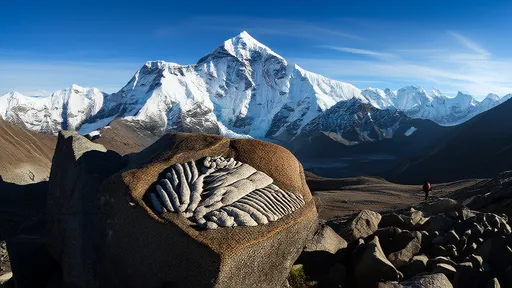
By /Jun 7, 2025
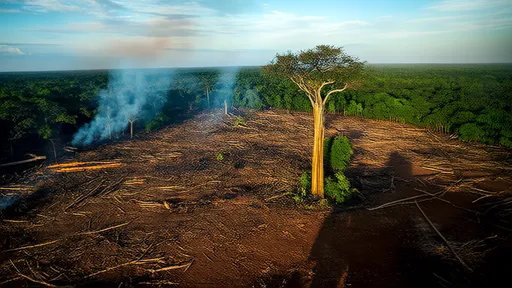
By /Jun 7, 2025

By /Jun 7, 2025
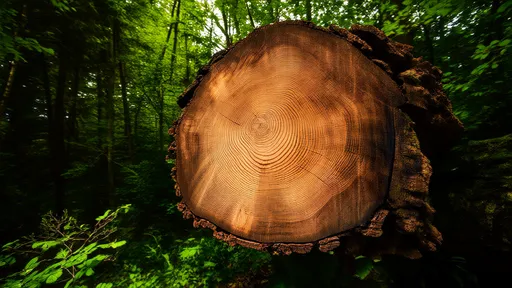
By /Jun 7, 2025
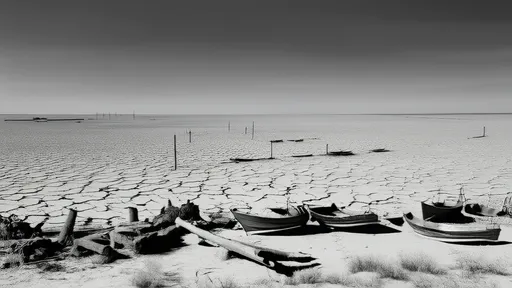
By /Jun 7, 2025

By /Jun 7, 2025
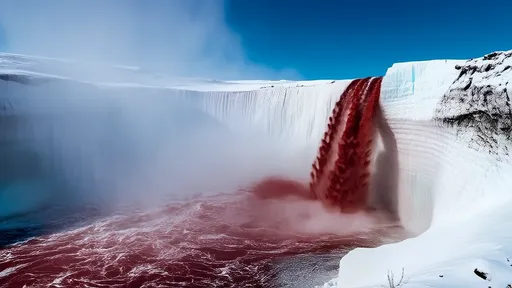
By /Jun 7, 2025

By /Jun 7, 2025
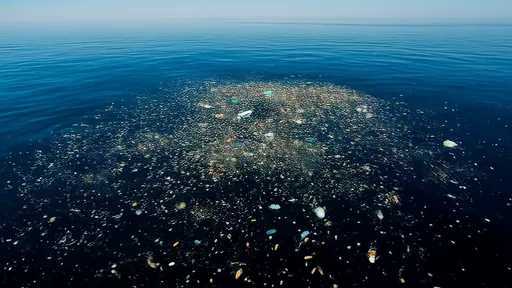
By /Jun 7, 2025
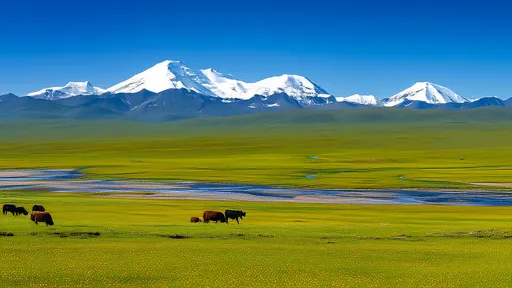
By /Jun 7, 2025